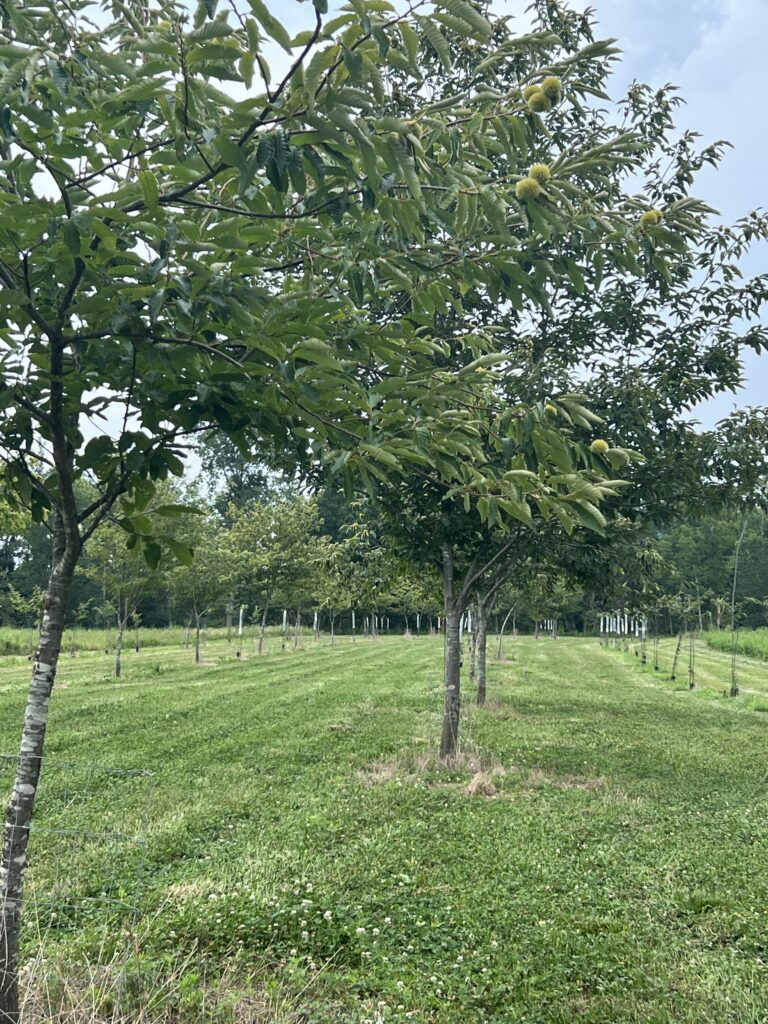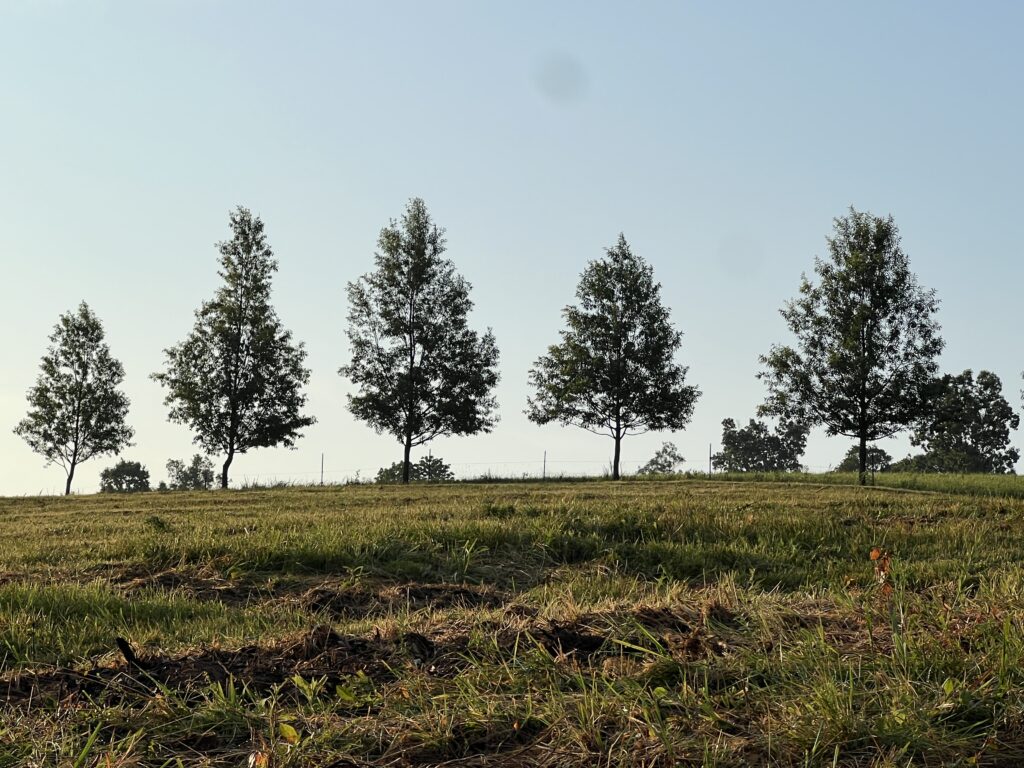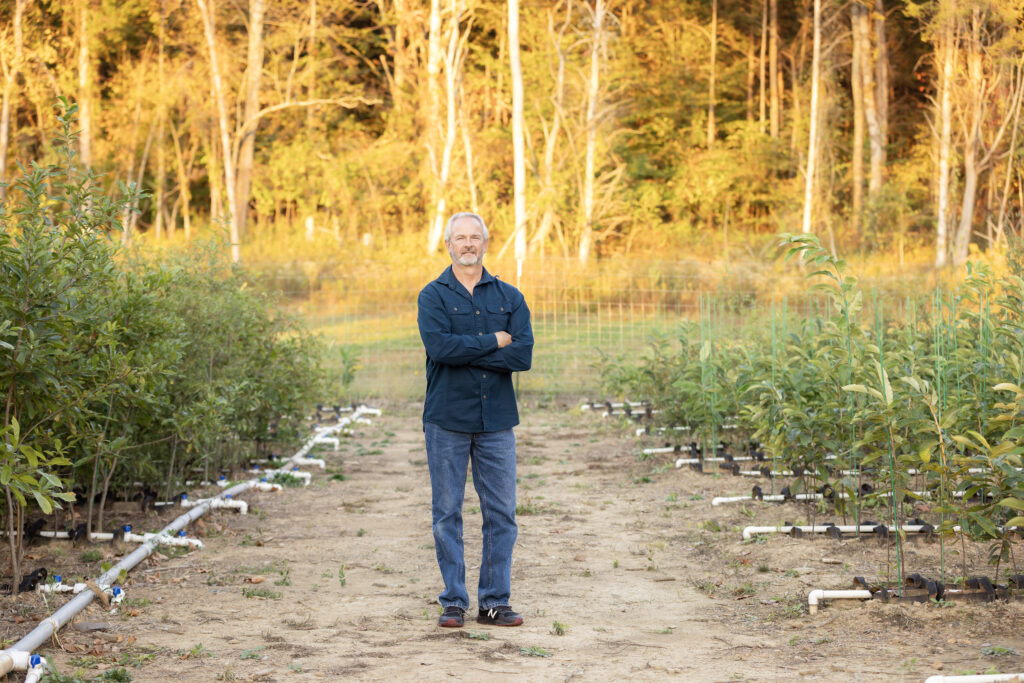
The Value of Planting Chestnut Trees Alongside Oak Trees to Attract Wildlife
When it comes to creating a thriving ecosystem and attracting wildlife to your property, planting a variety of tree species can be a game changer. Among the most beneficial combinations are chestnut trees and oak trees, which together offer unparalleled resources for wildlife while enhancing the biodiversity of your land.
A Historical Perspective on Chestnuts
When the first Europeans arrived in the eastern part of the U.S., one of the major trees they found was the American chestnut. It was said that a squirrel could go from Maine to Alabama in treetops of just chestnut trees. These hardwood giants averaged five feet in diameter and 100 feet tall, with some reaching up to 16 feet in diameter. The mast of the chestnut tree was a critical food source for white-tailed deer, bears, squirrels, wild turkeys, elk, and even pioneer families. Tragically, by 1950, an estimated four billion trees had been killed by a blight caused by an Asian fungus introduced in 1904. While efforts are underway to bring back a blight-resistant American chestnut, planting Chinese chestnuts offers a practical, resilient alternative.
Why Chestnut Trees?
Chestnut trees, particularly Chinese hybrids like those from United Chestnuts, are a standout choice for anyone looking to attract wildlife. These trees produce an abundant crop of highly nutritious nuts that are favored by deer, turkey, squirrels, and even bears. Unlike acorns, chestnuts have lower tannin levels, making them sweeter and easier for wildlife to digest. Additionally, well-managed Chinese chestnuts grow fast and may produce nuts as early as their fourth year, offering a relatively quick return on your investment.
Why Oak Trees?
Oak trees are a cornerstone of North American ecosystems, providing a reliable food source for wildlife. Their acorns are high in fat and carbohydrates, offering critical energy for animals during the fall and winter months. While some oak species take decades to mature, their longevity ensures that your property will sustain wildlife for generations.

The Perfect Pairing: Chestnuts and Oaks
Planting chestnut and oak trees together can create a wildlife haven. Here’s why this duo works so well:
- Complementary Nut Production:
- Chestnut trees typically drop their nuts earlier in the season, providing an initial food source for wildlife.
- Oak trees, depending on the species, drop acorns later, extending the availability of food well into winter.
- Attracting a Diverse Array of Wildlife:
- The combination of chestnuts and acorns attracts a wide variety of animals, supporting the entire food chain from small mammals to large game.
- Habitat and Shelter:
- Both chestnut and oak trees offer excellent cover for nesting and roosting birds, as well as shade and shelter for ground-dwelling creatures.
- Resilience and Biodiversity:
- Diversifying your tree species reduces the risk of pests or diseases decimating your food supply. Chestnuts are more resistant to certain issues that affect oaks and vice versa, creating a robust and resilient ecosystem.
Planting and Caring for Chestnuts
The Chinese chestnut (Castanea mollissima) is a fast-growing tree that eventually reaches 30 to 60 feet in height with an equal spread. It produces prickly seed husks that open in early fall, each releasing two or three shiny brown nuts. Here are some tips for planting and caring for chestnut trees:
- Choose the Right Location:
- Chestnuts thrive in well-drained soils with a pH of 5.5 to 6.5 and full sunlight. Avoid planting in soil with a pH of 7 or higher.
- Plant in Groups:
- For optimal nut production, plant more than one variety of Chinese chestnut to ensure cross-pollination.
- Proper Spacing:
- Trees should be spaced about 35 to 40 feet apart to allow for proper growth.
- Care During Early Years:
- Use tree shelters to protect young trees from rodents and deer. Keep the area around the tree free of weeds and grass, and fertilize annually with 10-10-10 fertilizer.
- Long-Term Growth:
- By their 10th to 15th year, well-managed Chinese chestnuts can produce up to 300 pounds of nuts annually, making them a productive and valuable addition to your property.
The Impact on Wildlife
Hunters, conservationists, and nature enthusiasts alike will appreciate the increased wildlife activity that this combination brings. Deer and turkey populations flourish with access to these high-energy food sources, while smaller animals and birds benefit from the shelter and sustenance these trees provide. Over time, you’ll notice a richer, more vibrant ecosystem right in your backyard.
At United Chestnuts, we’re passionate about helping landowners create sustainable, thriving landscapes. Whether you’re looking to attract wildlife, start a tree farm, or simply enhance the natural beauty of your property, planting chestnut trees alongside oaks is a step in the right direction.
Ready to Grow?

Explore our selection of chestnut seedlings on our website. With a bit of planning and care, you can create a sanctuary that supports wildlife and enriches your land for years to come.
Additionally, consider following the Branching Out: Growing Together podcast on YouTube, Spotify, iHeart Radio, and Audible. Upcoming guests will speak about land management and land acquisition strategies. And gain tips from the community through the United Chestnuts Community Facebook group.